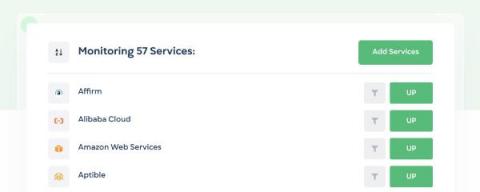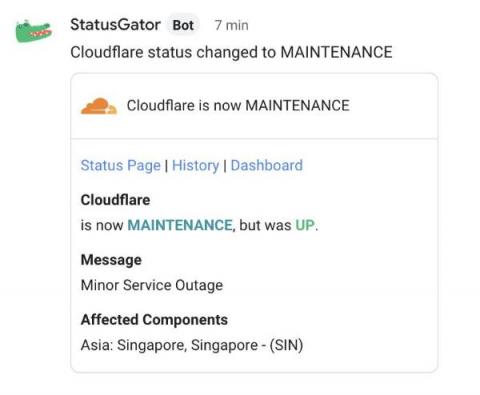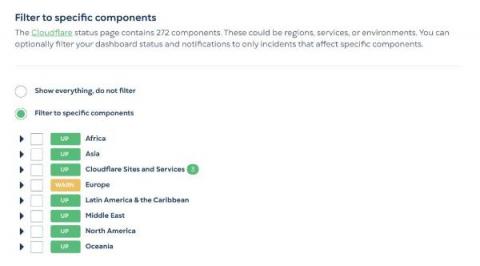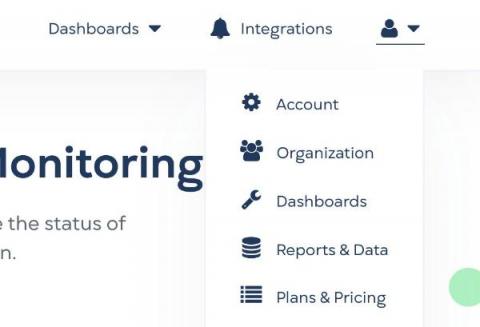Public Dashboards Are Now Status Pages
One year ago we launched what would become our most popular feature yet: a page you could publish with your name and logo that aggregated the status of all of your cloud vendors. We called it a “public dashboard” because it did not require a StatusGator account to view, and it published your StatusGator dashboard for your entire team. We’ve now renamed this feature a “status page” and made it even more accessible inside of StatusGator. Why the change? Read on.










